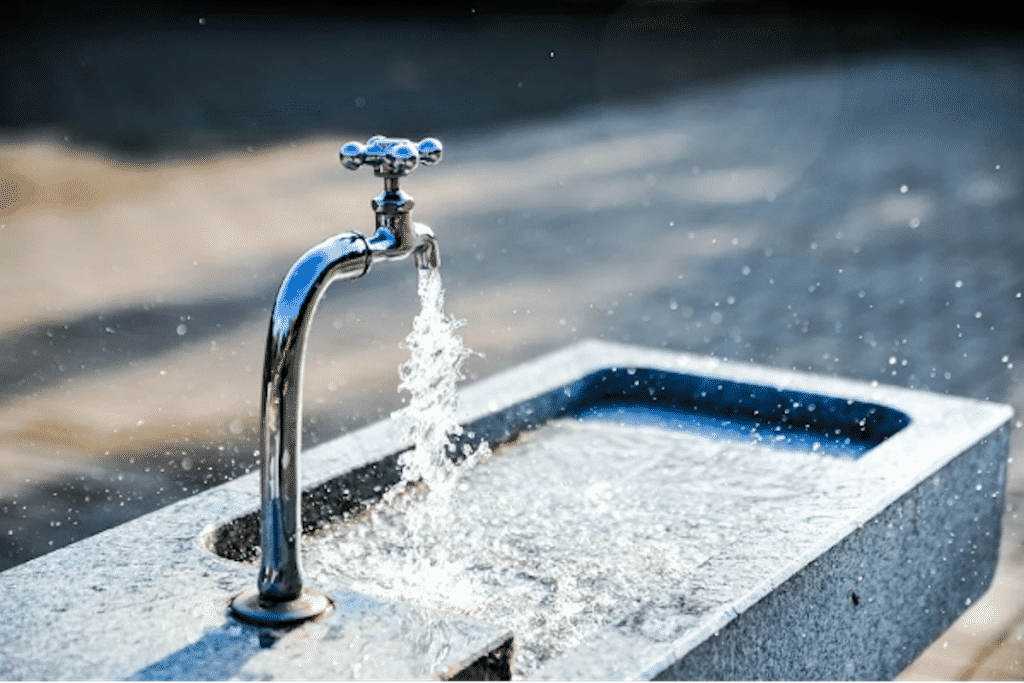When it comes to clean drinking water it’s essential to take every precaution to ensure that your home’s drinking water is as clean as possible. A mistake many people make is assuming that water coming from their taps is as clean as it can be.
Often, when there’s an issue with the plumbing in your home, there’s always the possibility of backflow. Fortunately, backflow testing Melbourne experts perform will help ensure your water is healthy enough to drink.
Some Crucial Facts You Need to Know About Backflow
It’s important to understand exactly what backflow is, how and when your plumbing should be tested for it and how to prevent it. Having a little knowledge about the backflow process in Australia will go a long way toward ensuring your drinking water is safe.
What Exactly is Backflow?
Ordinarily, water flows to a property at a consistent, predetermined pressure. This means the water pressure remains constant and there is no chance of water becoming stagnant in the pipes. If the pressure in the pipes is reduced, contaminated water is drawn back into the water supply.
What Causes Backflow?
The two main reasons for backflow are back-siphonage and backpressure. In general, backpressure occurs when downstream water rises above the required supply pressure. This is sometimes caused by elevation or faulty pumps and valves.
Back siphonage on the other hand occurs when a considerable amount of water is drawn back from the main. This usually happens when there’s a burst water pipe or if firefighters connect to the main to put out a fire. Since it’s a large quantity of water being drawn out at once, it creates a vacuum in the system. This results in possibly contaminated water flowing in the wrong way.
What is The Best Way to Prevent Backflow?
The most common way to prevent backflow is by installing a component known as a backflow prevention device. It works through a combination of valves that stop water from flowing backwards.
How do You Know if Your Property Needs a Backflow Device?
For the most part, residential water pressure is considered too low to require a backflow prevention device. However, it’s a legislative requirement for commercial buildings. Other instances that might require you to have a backflow prevention device are listed below:
- If you use an irrigation system on the property
- Source water from an alternate water supply
- Have water outlets that are close to chemicals, grease taps or pollutants
- Make use of industrial or commercial equipment that could pollute the water supply (air conditioning, chemical cleaning areas or cooling towers)
How Often Should a Backflow Preventor be Tested?
Your backflow preventer should be tested every 12 months. The result of each test needs to be submitted to the relevant water authorities.
What Does Testing the Backflow Device Involve?
An accredited mechanical plumber performs backflow testing that includes opening and closing various valves to check for irregularities. The plumber completes a report which needs to be submitted to your local water authority. The cost of the test depends on the size of the job that needs to be done, so be sure to get a quote first.
The device fitted depends on the level of risk to the area. Properties who have direct exposure to chemicals, grease or other toxins will have a more complex system installed. Some of the devices a mechanical plumber could install to prevent backflow include the following:
- Reduced pressure zone
- Dual check
- Double-check
- Single check
What Diseases Can You Contract from Backflow Water?
The regulations regarding backflow testing are so stringent because of the host of diseases that can be spread through contaminated water. Some of the more common diseases include cholera, typhoid, polio, dysentery and diarrhea. According to statistics from the World Health Organization (WHO), an average of 485 000 people die from drinking contaminated water each year.
Why Should Commercial Properties have Backflow Testing?
Since commercial buildings have increased water pressure and can serve so much more people, it can be dangerous for even one property to have a faulty backflow system. Think for instance of a restaurant that serves and cooks in water to have this type of problem. Imagine the impact it could have on the community!
Aside from health reasons, commercial buildings should also consider the following implications of a faulty backflow system:
- Liabilities and medical bills from infected people
- Criminal liabilities from the relevant water authorities
- They’ll also be responsible for water pollution which could affect a lot of people
Final Thought
Since Australian regulations have made it a criminal offence to neglect backflow testing and prevention, there’s no question that it needs to be done. From a health perspective, you don’t want to put your family, employees or community at risk by exposing them to contaminated water.
Don’t neglect this aspect of your property maintenance. Get a reputable plumbing service to perform annual backflow testing. Doing this will keep the water safe for everyone to drink and use!
Angela Spearman is a journalist at EzineMark who enjoys writing about the latest trending technology and business news.
